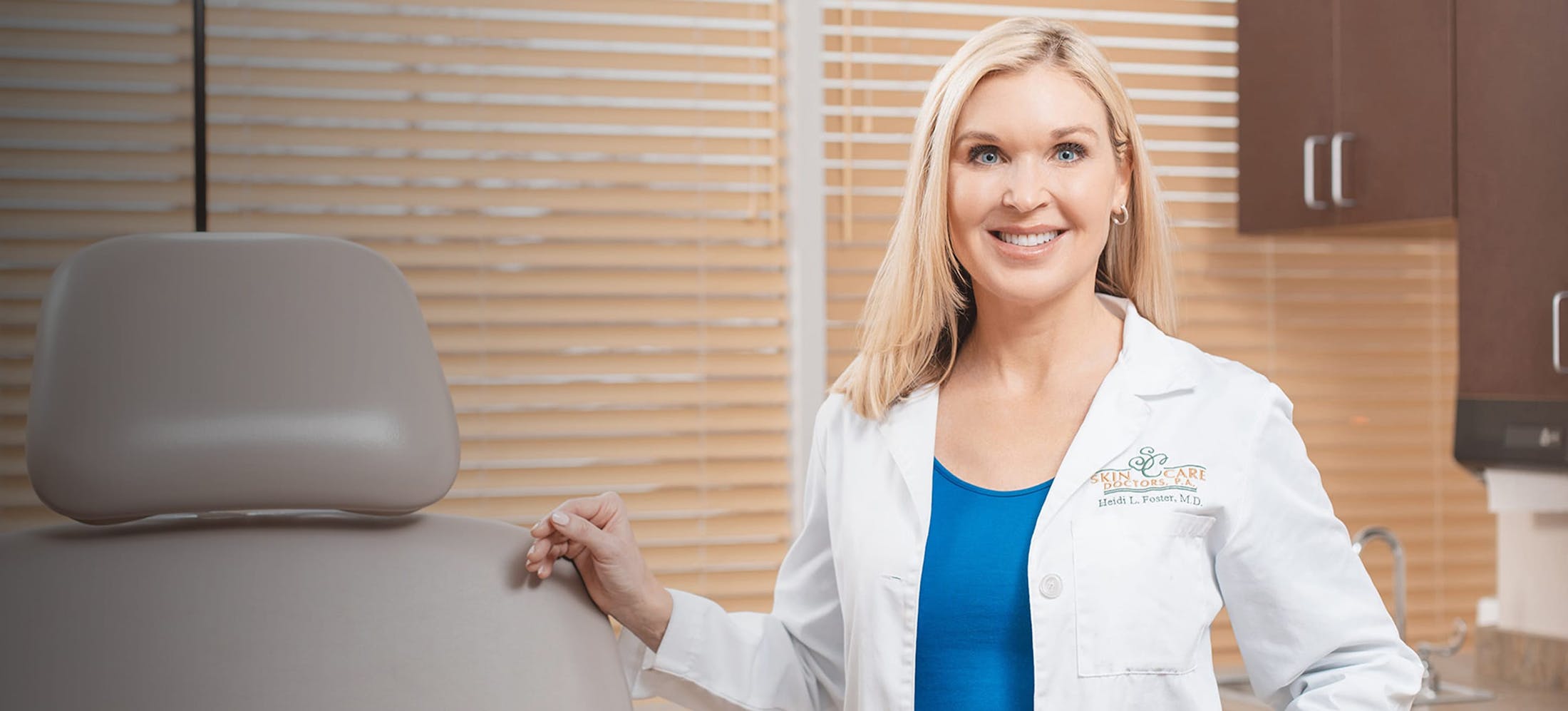If you have chronic redness, flushing, and bumps on your face or another area, Skin Care Doctors has medical providers trained in cutting-edge treatments to clear your skin from stubborn rosacea.
Who Gets Rosacea?
Rosacea affects an estimated 14 million Americans, and adults, especially those between 30 and 50 years old with blonde hair, lighter skin, and blue eyes, are most likely to suffer from the condition. However, rosacea can affect children as well as people of any skin type. Rosacea is often passed on in families, with women being afflicted more often than their male counterparts. Men, however, often get more severe forms of rosacea. For women with rosacea, increased flushing and blushing may occur around and during menopause. Famous rosacea sufferers include W.C. Fields and former President Bill Clinton, both often captured on film with the classic mid-face redness and bumpiness of rosacea. According to a Gallup survey, these classic signs of rosacea are often misidentified, as 78% of Americans do not know that rosacea exists.






